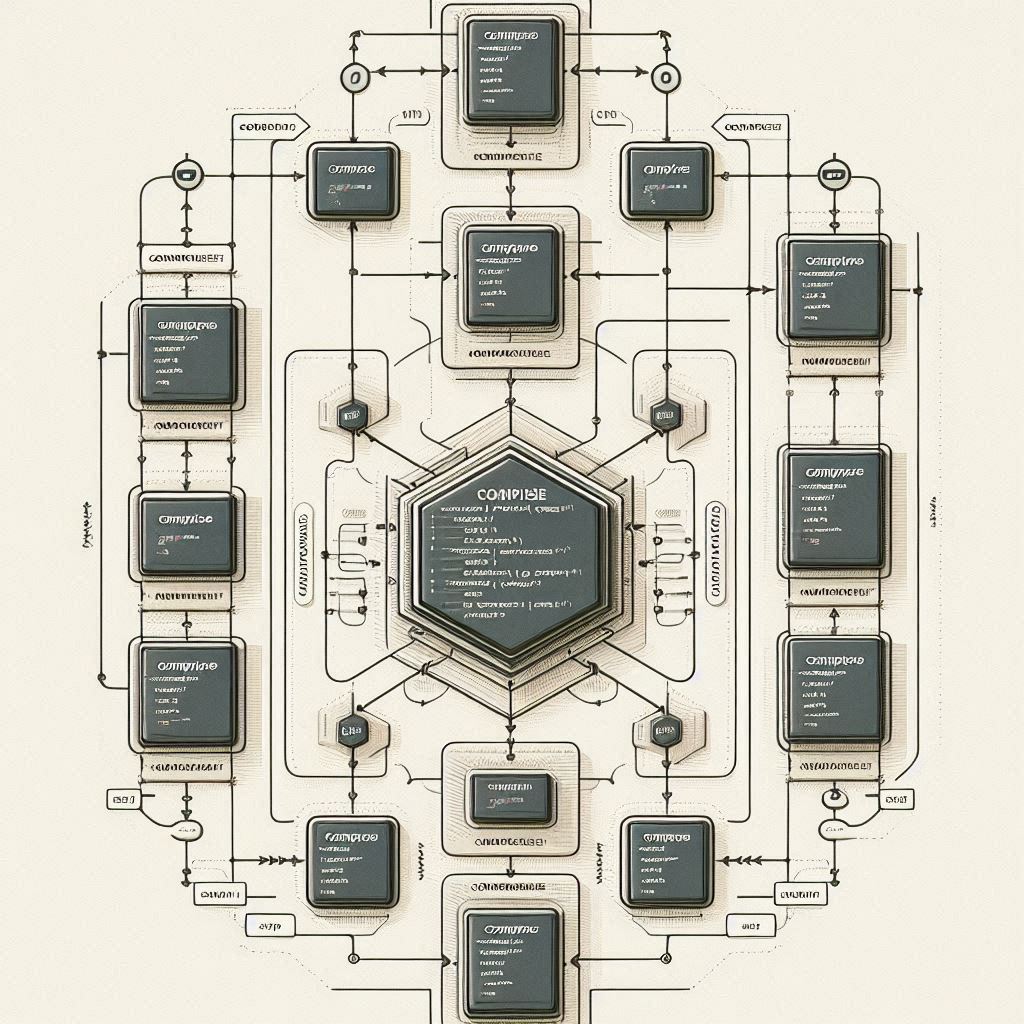The Composite Design Pattern in PHP is one of the most underrated yet powerful structural patterns. If you’re developing applications that rely on tree structures like menus, folders, categories, or product hierarchies, this pattern helps you treat individual items and groups uniformly.
The keyphrase Composite Design Pattern in PHP is not just technical jargon—it’s a tool that improves flexibility, simplifies object hierarchies, and keeps your code DRY. Whether you are working on a CMS, an e-commerce site, or a file system interface, this pattern allows you to elegantly manage collections of elements using recursive composition.
What Is the Composite Design Pattern?
he Composite pattern is part of the structural design patterns family. It lets you compose objects into tree structures and work with these structures as if they were individual objects. It’s like building a family tree where each member can be a leaf (child) or a branch (parent with children).
In simpler terms: it allows you to treat both individual items and groups of items the same way.
Real-World Use Case in PHP
Imagine a file system where folders can contain files or other folders. You wouldn’t want different logic to handle each case—so instead, you use a common interface and let both types implement it.
Benefits of Using Composite Design Pattern in PHP
Using the Composite Design Pattern in PHP comes with several advantages:
- Uniformity: Treat leaf and composite nodes identically.
- Scalability: Add new elements without modifying existing code.
- Maintainability: Cleaner, more organized hierarchy management.
These benefits become even more obvious as your codebase grows and evolves, especially in CMS platforms or dynamic menu systems.
Bad Example: Poorly Structured Hierarchy Without Composite
class File {
public function display() {
echo "File\n";
}
}
class Folder {
private array $items = [];
public function add($item) {
$this->items[] = $item;
}
public function display() {
foreach ($this->items as $item) {
if ($item instanceof File) {
$item->display();
} elseif ($item instanceof Folder) {
$item->display();
}
}
}
}
What’s Wrong?
- Breaks the Open/Closed Principle.
- Introduces type-checking with
instanceof. - Violates DRY with repeated logic.
Good Example: Clean Code Using Composite Design Pattern in PHP
// Component Interface
interface FileSystemItem {
public function display(): void;
}
// Leaf
class File implements FileSystemItem {
private string $name;
public function __construct(string $name) {
$this->name = $name;
}
public function display(): void {
echo "File: {$this->name}\n";
}
}
// Composite
class Folder implements FileSystemItem {
private string $name;
private array $items = [];
public function __construct(string $name) {
$this->name = $name;
}
public function add(FileSystemItem $item): void {
$this->items[] = $item;
}
public function display(): void {
echo "Folder: {$this->name}\n";
foreach ($this->items as $item) {
$item->display();
}
}
}
// Usage
$root = new Folder("root");
$file1 = new File("file1.txt");
$file2 = new File("file2.txt");
$subFolder = new Folder("sub");
$subFolder->add($file1);
$root->add($subFolder);
$root->add($file2);
$root->display();
Why Is This Better?
- No type-checking or duplication.
- Easy to extend: Add ZipFile or Symlink as new leaf types.
- Clean and SOLID-compliant.
When to Use the Composite Design Pattern in PHP
You should use this pattern when:
- You need to represent part-whole hierarchies.
- Your objects can be treated uniformly.
- You want to avoid complex conditionals and type checks.
Common scenarios include:
- Nested comment threads
- Hierarchical categories in eCommerce
- UI components like buttons, panels, and forms
Tips for Clean Implementation
- Define a strict interface (
FileSystemItem) and stick to it. - Don’t confuse leaf with composite logic—keep their responsibilities separate.
- Use recursion responsibly to avoid performance pitfalls in large trees.
Final Thought
The Composite Design Pattern in PHP helps you build elegant, scalable, and maintainable hierarchies. Instead of writing spaghetti code with instanceof checks, you let polymorphism and recursion handle complexity for you. From menu trees to nested folders, this pattern is a secret weapon for PHP developers who value clean architecture.
Interested in More Design Patterns?
Discover other powerful patterns like Factory, Strategy, and Observer in this full guide:


